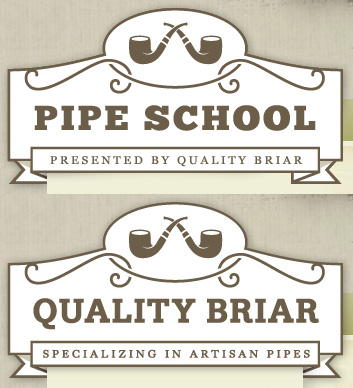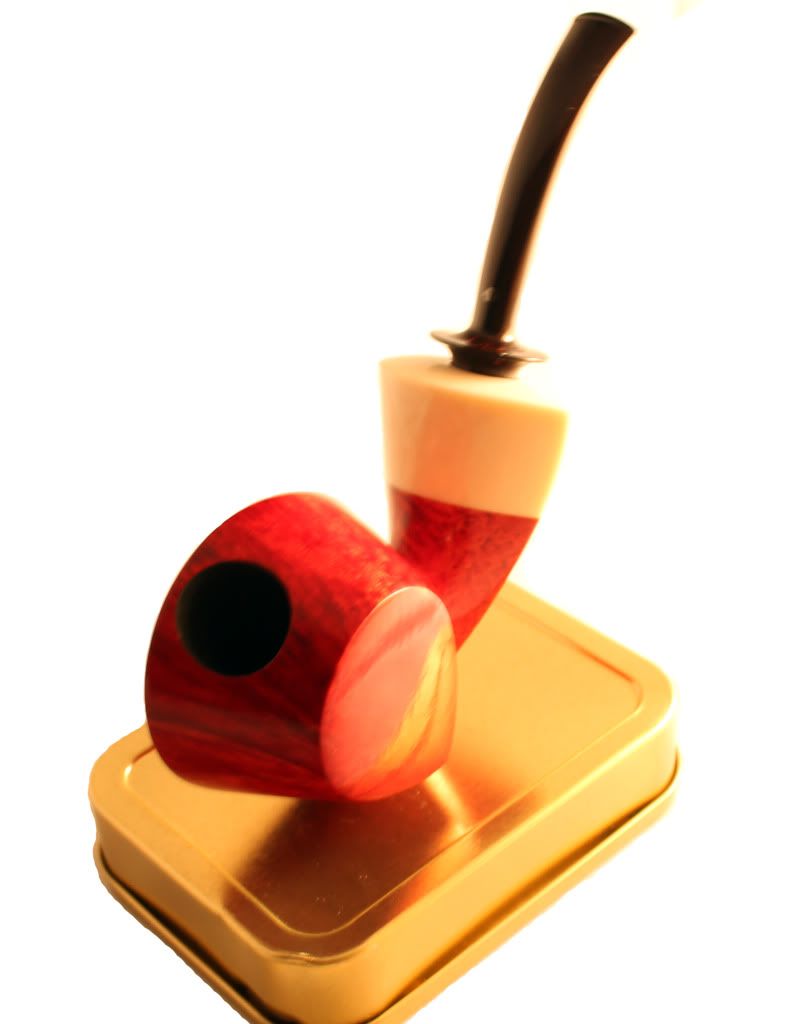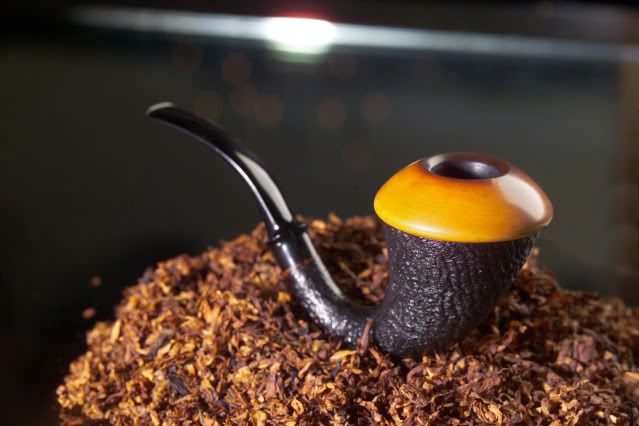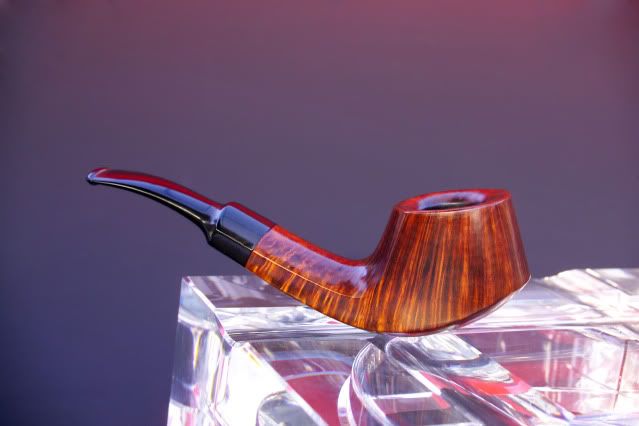CL had just clocked out when I got into work.
I was carrying my PipeFolio in one hand and my Amazon Kindle in the other. It was a beautiful Monday night, to my eyes, with a steady rain and grey sky. I knew that this meant the night would either be extremely busy or extremely dead. A selfish part of me was hoping for the latter, as I had just gotten to an exciting part of A Dance With Dragons, by George R. R. Martin, and I was looking forward to trying out a new tobacco.
 After I clocked in, I strolled back often to the host’s station, which is simply a small counter with a phone and calendar next to the bar. Rainy weather always puts me in a good mood, that night being no exception.
After I clocked in, I strolled back often to the host’s station, which is simply a small counter with a phone and calendar next to the bar. Rainy weather always puts me in a good mood, that night being no exception.
Twenty minutes into my shift, no one had walked in. About that same time, CL dropped his backpack next to where I was standing and leaned against the counter with a glass of red wine in his hand.
One of the things I really admire about CL is his ability to appreciate a plethora of flavors, a skill that has made him an aficionado on wine, beer, and scotch, and he is working on adding pipe tobacco the list.
“So, I have a pipe question for you.”
Wonderful, I thought, putting my Kindle down in anticipation. It is a rare that a young man gets to help educate the bar manager where one works, so I was not going to pass the opportunity. Plus, as someone who helped spark his fascination with pipes, I feel like I have a stake in his continuing enjoyment, as, indeed, all pipe smokers have in the continued proliferation of our community as a whole.
 “I recently snagged some Full Virginia Flake –“ Read more
“I recently snagged some Full Virginia Flake –“ Read more









